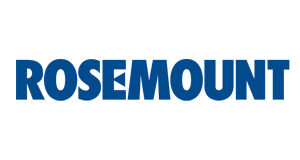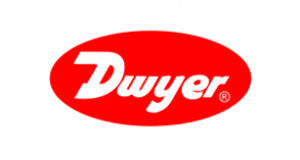LEVEL SWITCHES
Level Switches are offered in a variety of technologies for various materials and process conditions. There are Float Switches, Vibrating Fork, Capacitive and Diaphragm, and more. Below are a brief overview of a few.
Float switches are used for the point-based limit level detection of one or several levels. They work independently of foaming, conductivity, dielectric, pressure, vacuum, temperature, vapors, condensation, bubble formation, boiling effects and vibrations and are suitable for almost all liquid media. The switching operation is free from wear and needs no power supply. The simple and proven functional principle of the float switches enables a very wide range of applications, from general industrial applications through to use in process plants.
The vibrating fork type level switch working principle is simple and effective. This makes vibrating fork type level switches (a.k.a. tuning fork type level switches) reliable, cost effective and very popular for use in detecting the presence or absence of liquids and bulk solid materials.
Capacitive level switches are sensors with an electrical contact output at a specific liquid, powder, or bulk level. Their traditional use is for non-metallic materials such as: plastics industry, chemical industry, wood industry, ceramic and glass industry, and packing industry.
Diaphragm level switches are sensors with an electrical contact output. The dry Level Switch is sensitive and very economical. Applications include mining, silos, hoppers, and food & beverage. A wide variety of diaphragms is available to match product bulk density, flowability, abrasiveness and temperature requirements.



